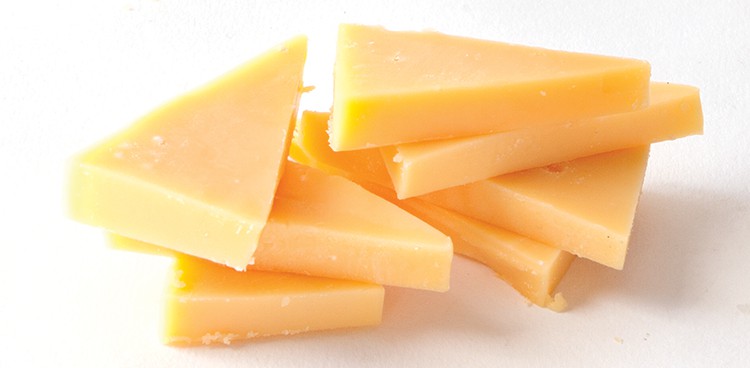
In this blog series, registered dietitian Marissa Donovan gives you the scoop on the latest nutrition science surrounding cheese. From the farm to the store and to your kitchen, she’s got you covered on what you need to know about cheese and your health. Check out previous posts on lactose intolerance and navigating the milk aisle. Read on to learn more!
If you’re reading this, chances are, like me, you have adoration for cheese. I’m sure you’ve heard people warn against eating too much cheese, but what constitutes as too much?
According to USDA’s ChooseMyPlate, a consumer-facing nutritional resource, the daily recommendation of dairy is three cups, generally, for most people.

Photo Credit: USDA ChooseMyPlate
Yogurt, milk, and cheese are the main components of the dairy group, although USDA MyPlate also stresses that cream cheese, cream, and butter are not included, soy milk is, and “most Dairy Group choices should be fat-free or low-fat.”
Since most times, we are eating/drinking dairy in the form of cups (i.e. milk and yogurt), the recommendations are laid out in one cup servings. Since, obviously we don’t eat cheese by the cup (well, most of us) the USDA lays out what amount of cheese is nutritionally equivalent to a one cup serving of milk or yogurt.
Here are some examples of a single, “one cup dairy serving”:
- 1½ oz of hard cheeses—think cheddar, mozzarella, Swiss, and parmesan
- ⅓ cup shredded cheese
- ½ cup ricotta
- 2 cups cottage cheese
It’s fairly easy to eyeball or measure out shredded cheese or ricotta, but a little more difficult to figure out what an ounce is when you’re cutting a slice of cheese of the block. One ounce of cheese as about the size of a pair of dice, so one serving (1½ oz) is about three to four dice.

We are humans, not robots, so understandably every day is not going to look like the chart above. There will be some days that you have more dairy than recommended and some days that you have less. The key is to be balanced—getting enough cheese to make your body (and tummy) happy but not so much that you start having health problems.
Practice your cheese measuring skills with our recipe for Healthy and Delicious Grilled Cheese!



